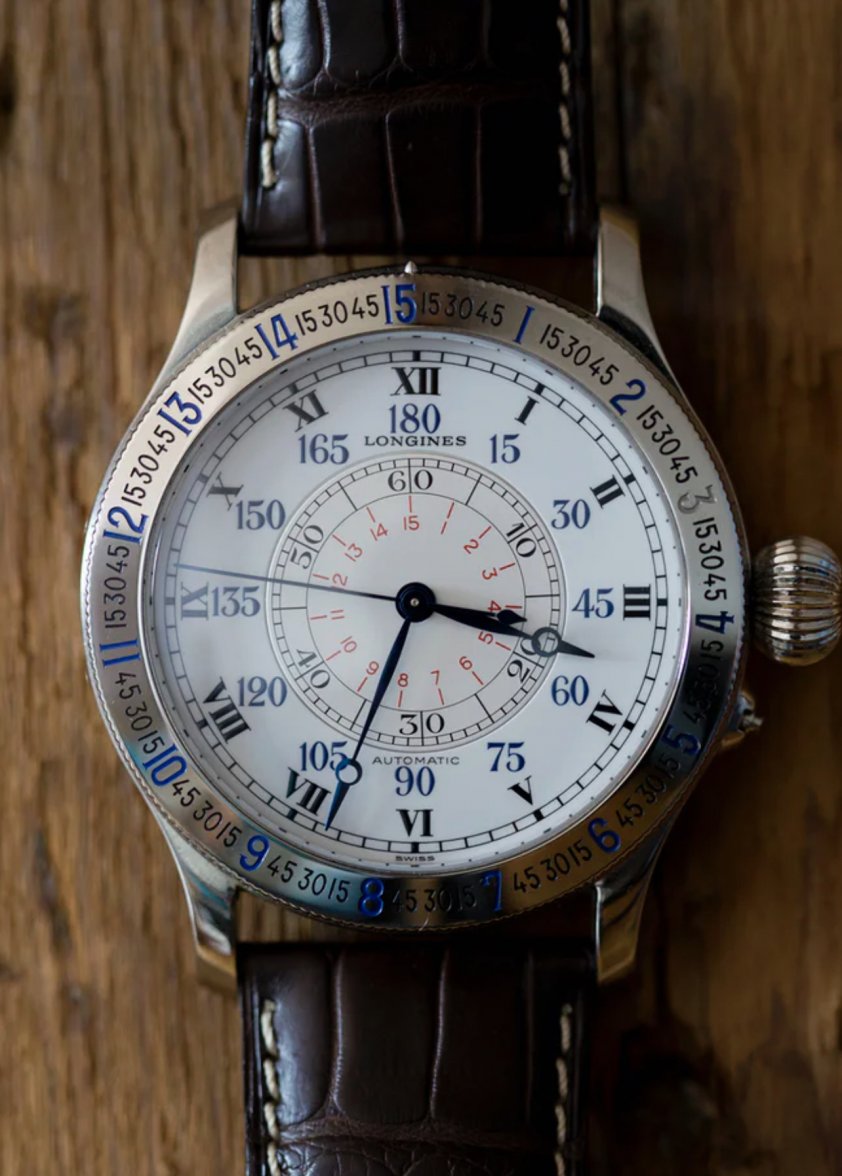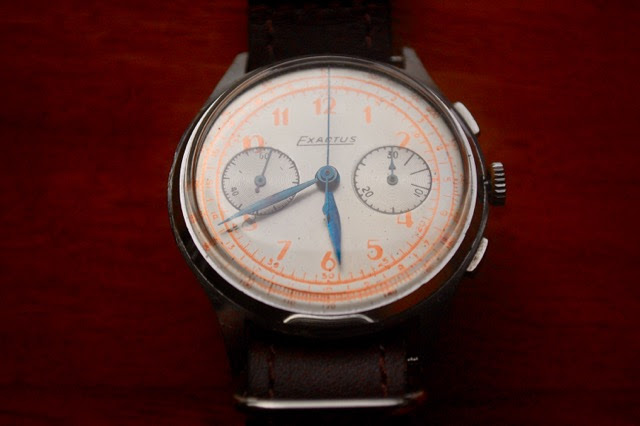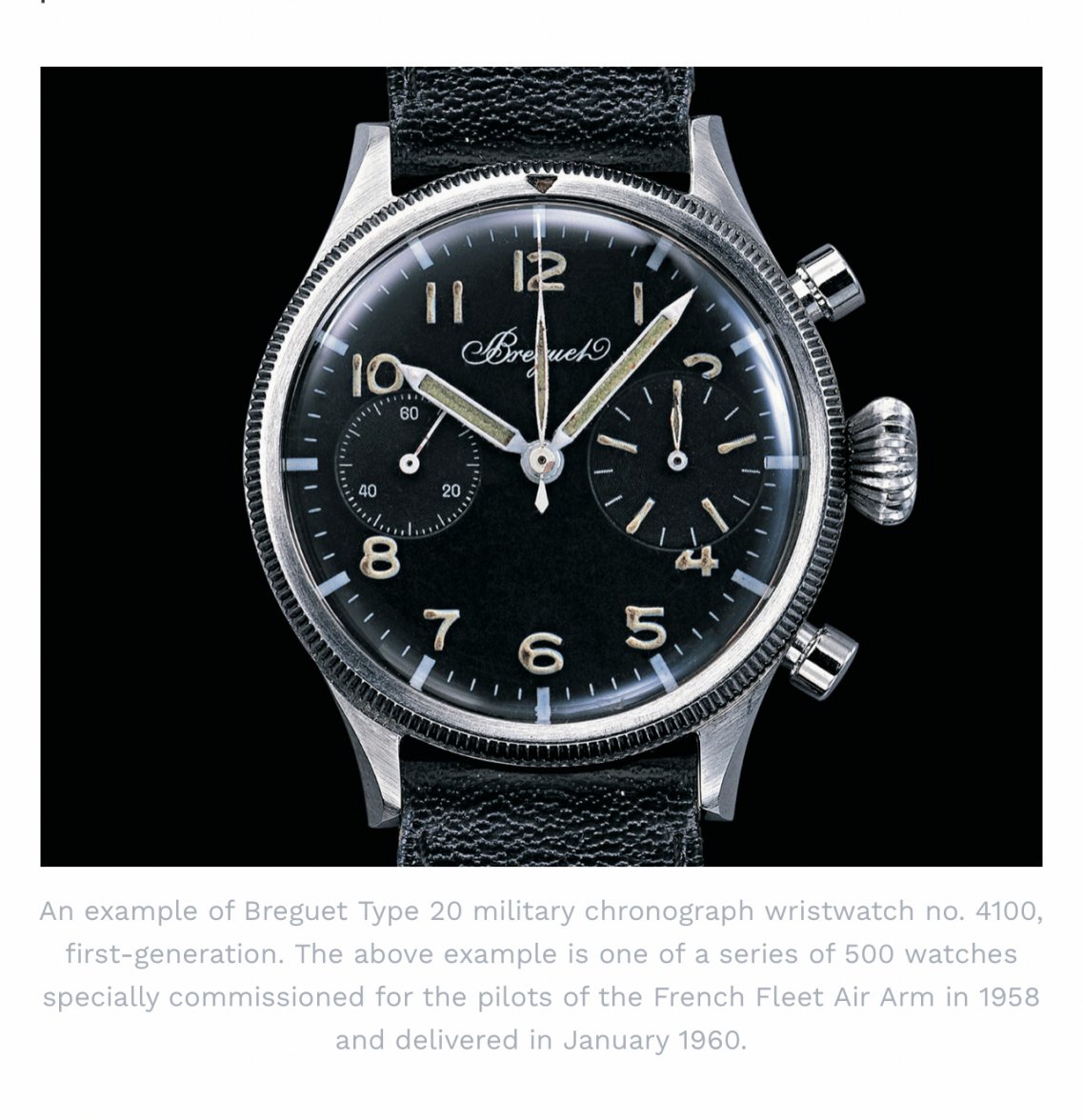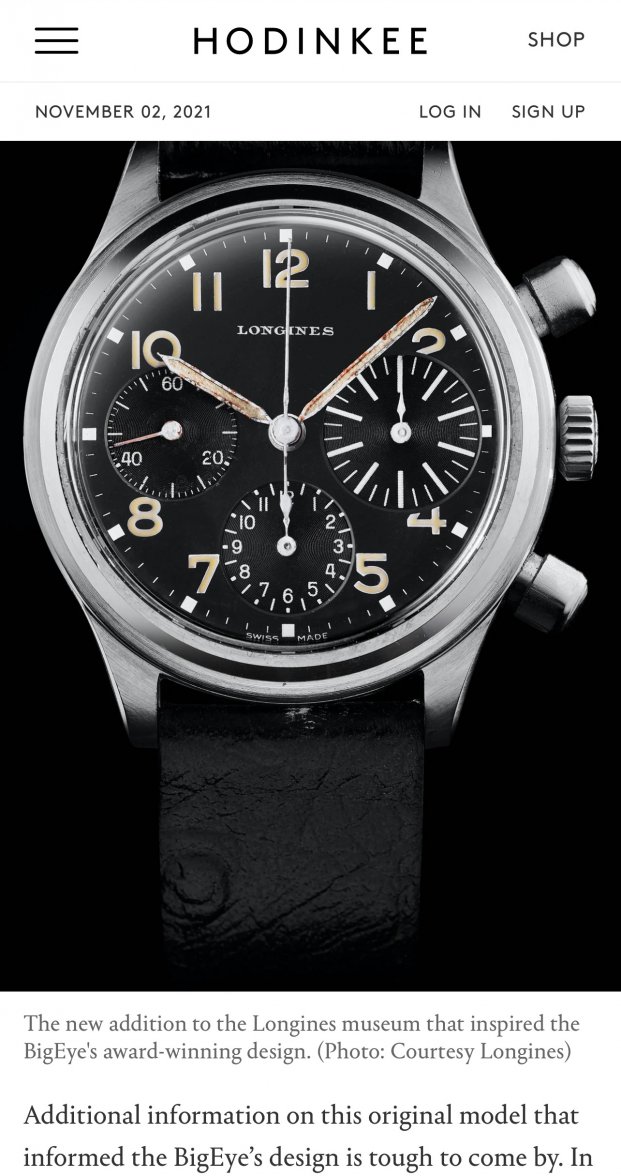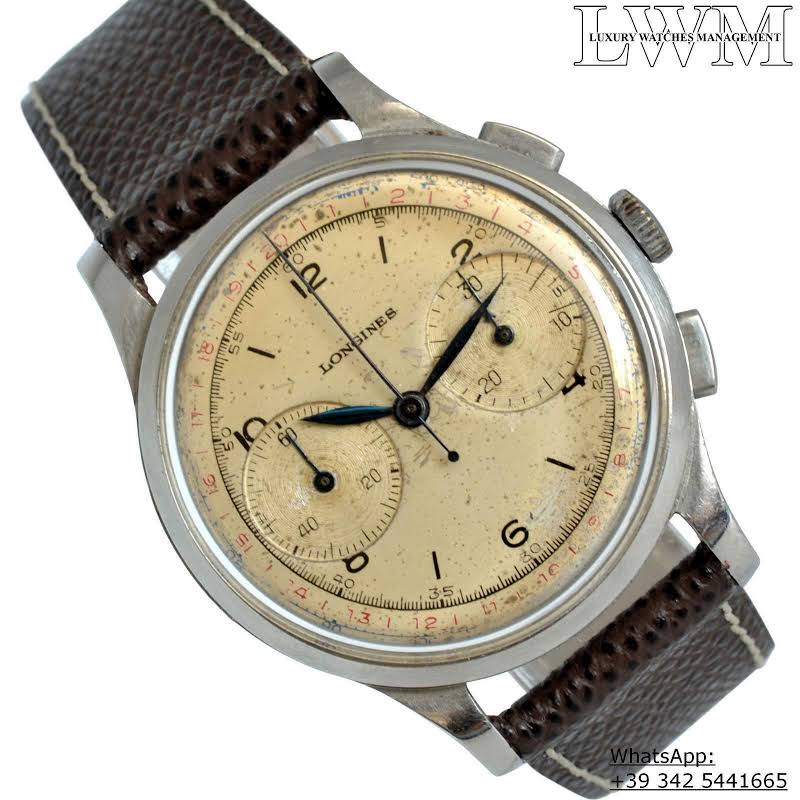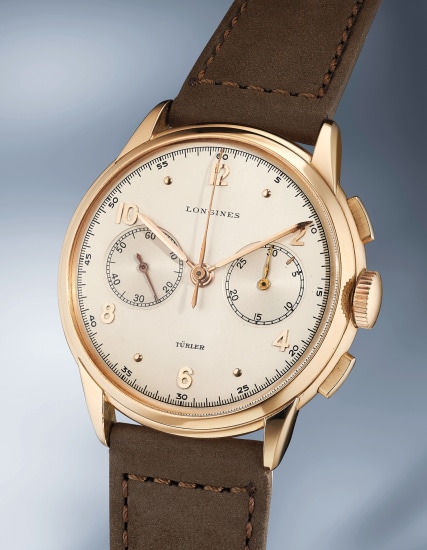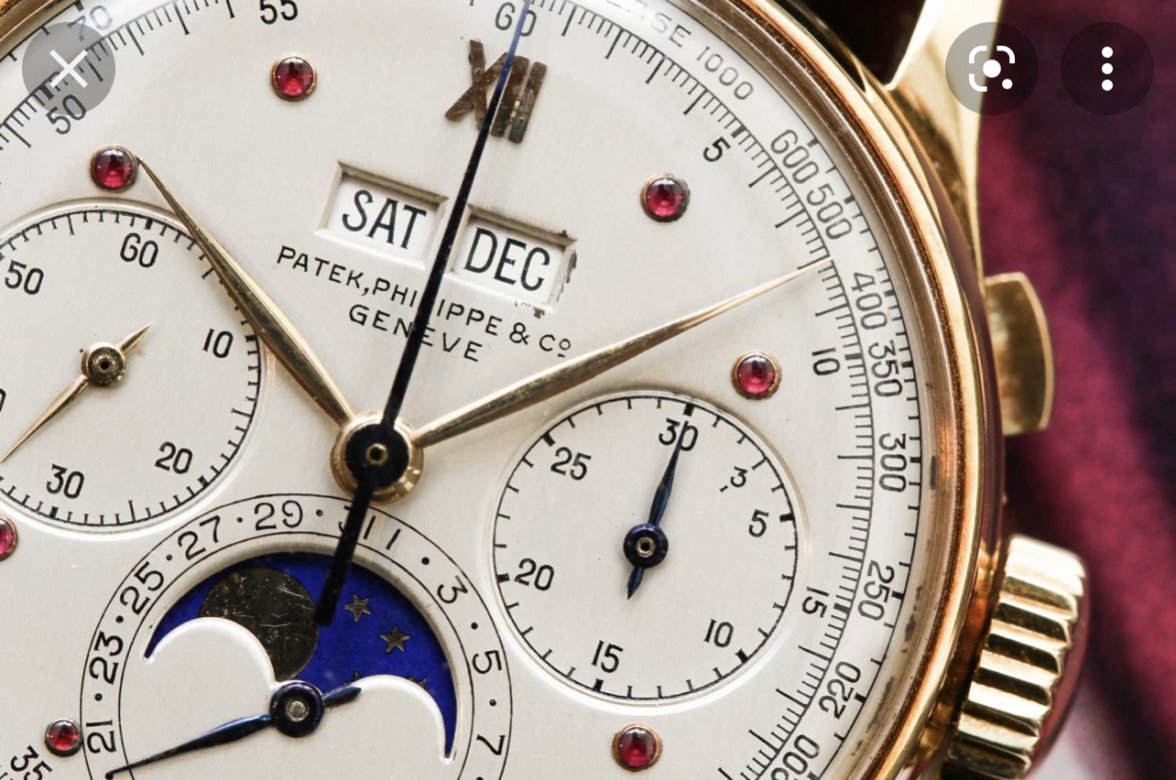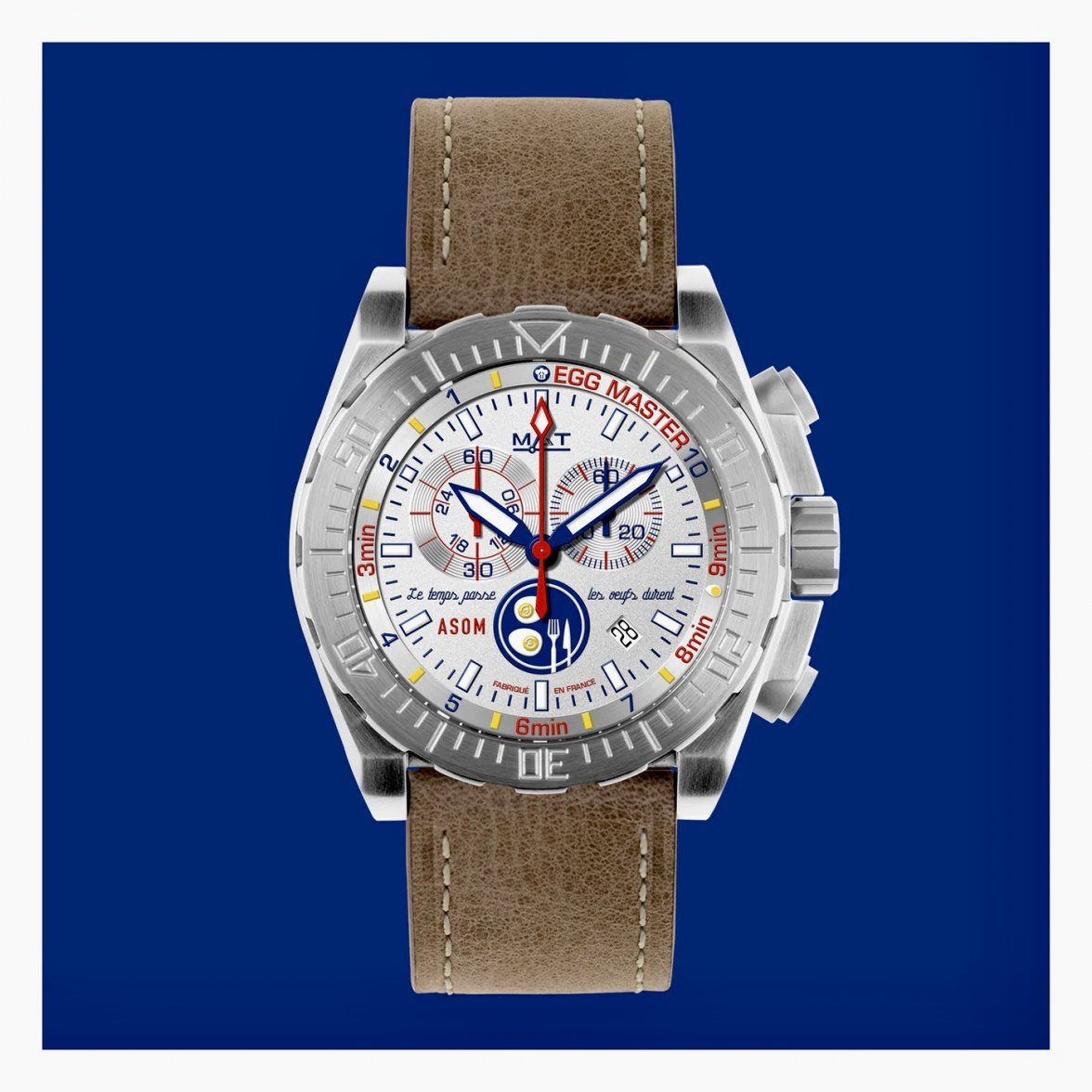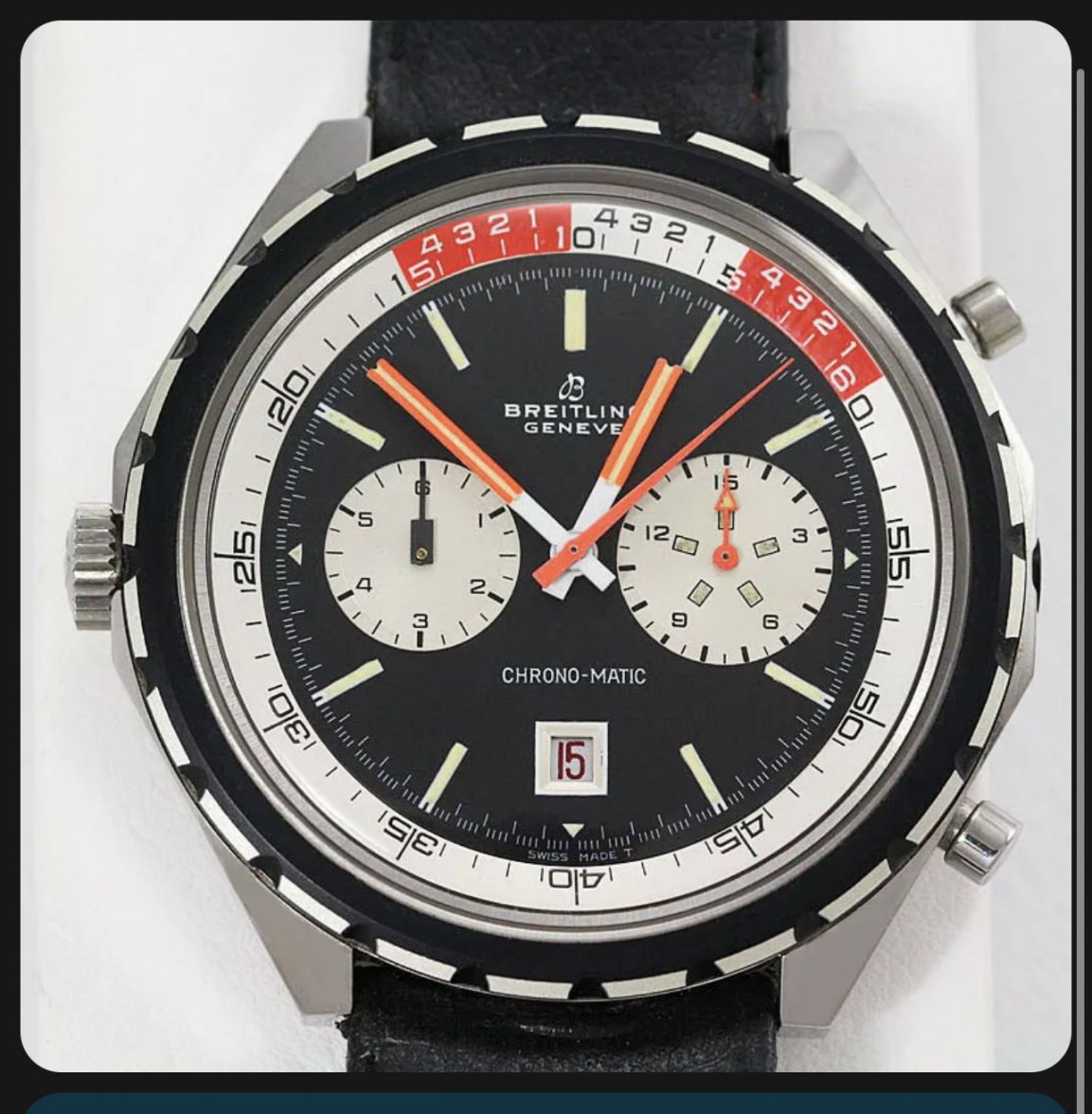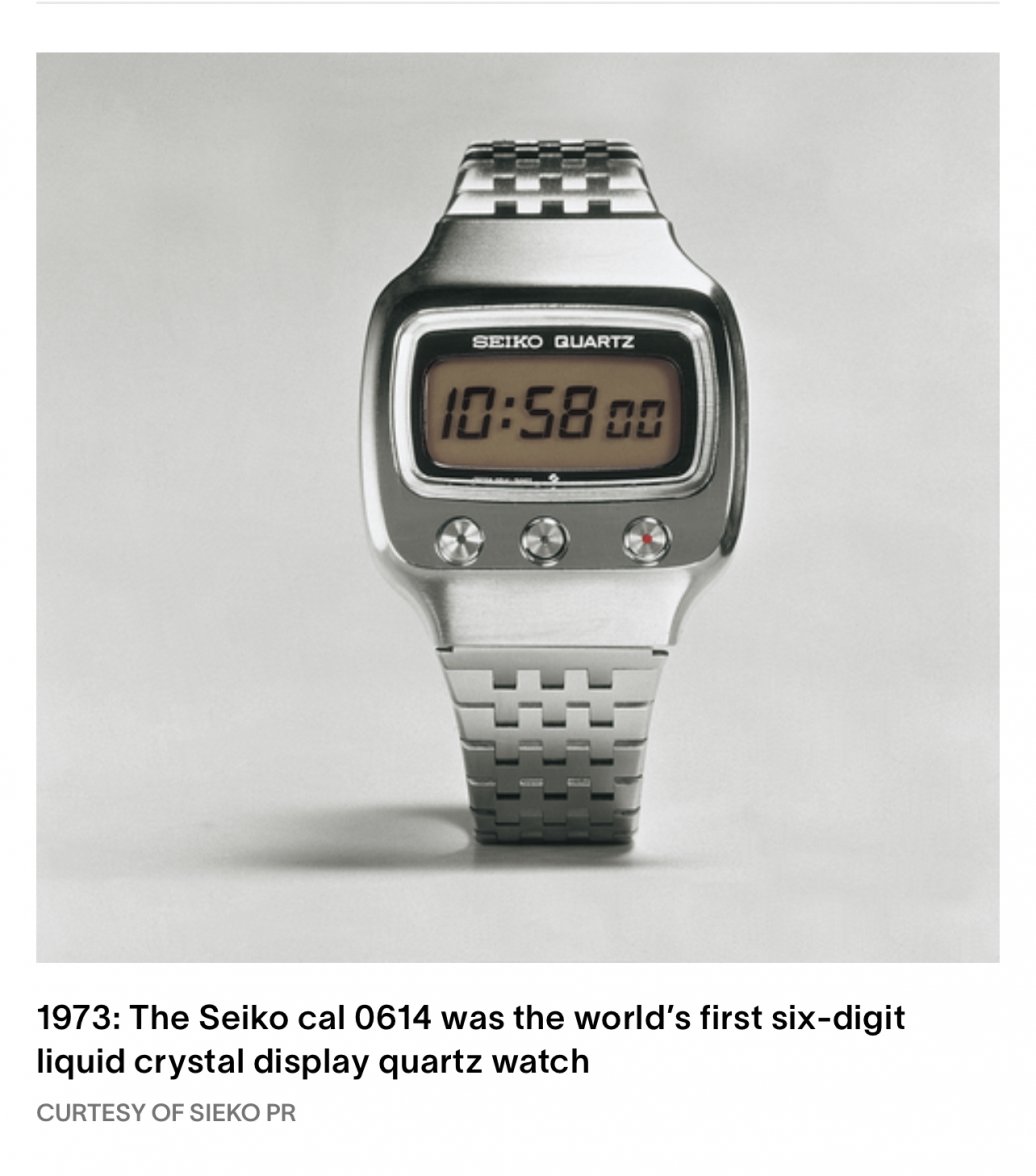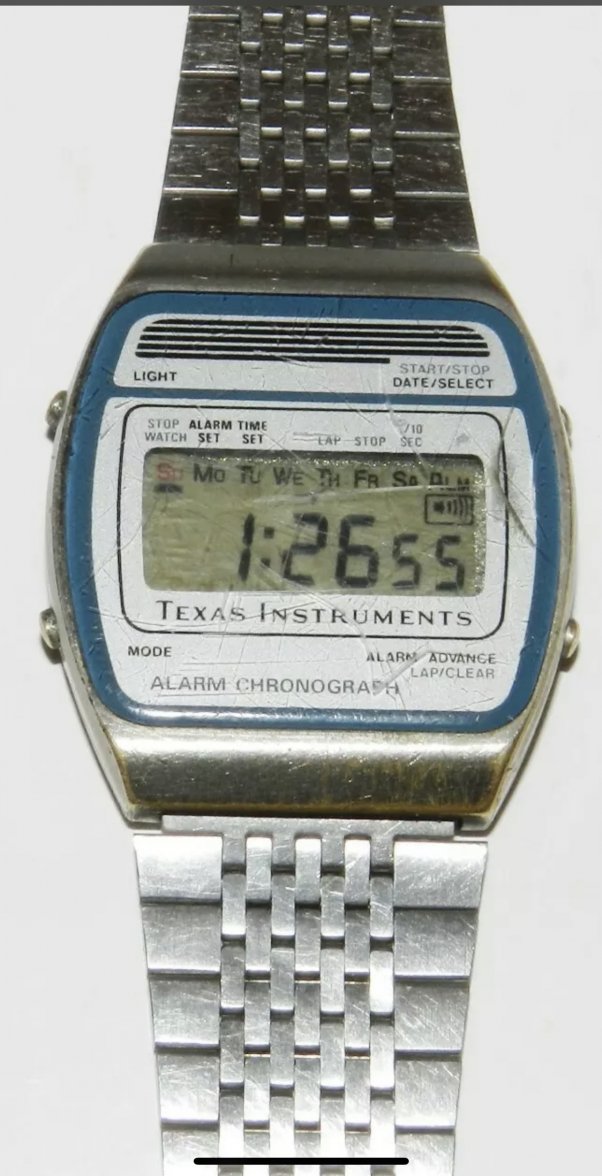https://www.realclearmarkets.com/ar...f_long-distance_call_66_years_ago_102981.html
I'm not a pilot but do pilots actually have time to fiddle with a watch making timing calculations? Seems they would have other things to worry about. I doubt many pilots actually used a chronograph in their flying duties.
Well, I suppose if we start with the these suppositions it all seems like supposition.
But yes, navigators did utilize chronographs, quite a lot.
😁 Dead reckoning essentially required a chronograph, and was the basis of a lot of navigation (or backstop to primary navigation failure).
but I believe the timing of long distance (especially international) telephone calls is the correct reason for the 3, 6 and 9 demarcations on the minute counter dial, the rest is just supposition.
You seem to presuppose there can be only one reason?
I allowed that there could be multiple reasons, but was in effect focused on for example this:
Now, for a watch built by Breguet specifically for application of French pilots, are you suggesting that the only reason Breguet:
(1) modified the movement from being a 30 minute to a 15 minute totalizer; and
(2) chose to highlight and lume only the 3 minute intervals of the totalizer; and
(3) enlarge and “big eye” that totalizer…
… was to allow the French pilots to time their long distance calls?
Also, are you certain you’re familiar with French telephone charge schemes in the 1950’s and 1960’s?
I think we’d be starting most fairly to admit there could be multiple reasons why watches highlighted 3 minute demarcations, and go from there next.
LONG DISTANCE CALLS, REALLY?
I don't think the markers had anything to do with payphones, it had everything to do with normal long distance calls made from an office, or occasionally, from a home. In about 1964 my brother was in the US Air Force and stationed in the UK, and I remember my folks having to pre-book a time and length of call at Christmastime so they could have a short visit with him and his new wife. Overseas calls were hideously expensive and they were timed in 3 minute intervals, capacity was very limited.
This is just the sort of anecdotal story that fuels almost every refutation of non-long distance stories found across the internet.
First, let’s note and get out of the way that in these posting scenarios your family was very likely having to “schedule” a call for reasons having nothing to do with the general charge approach of “Ma Bell.” Instead, stationed for calls at Christmas, my understanding is such “scheduling” has far more pragmatic on-base rationales.
However and otherwise, as mentioned previously, I can find no evidence of two key things:
(1) no evidence that long distance calls were timed in
successive 3 minute increments: instead, all evidence I found pointed toward 3 minute initial minimum increment, with 1 minute successive charge increments thereafter - more on that below; or
(2) no evidence that any such long distance call paradigm was shared amongst all providers, in all regions (that is, even if a person found a region and time period with successive 3 minute increments, that this was the pervasive approach);
I’ll be very interested to see evidence that there was widespread utilization of successive 3-minute increments (as opposed to an initial 3-minute increment followed busy successive minute charges).
As for the U.S. (and much of Canada)
until the early 1980’s Bell/AT&T had a regulated monopoly on any long distance calls made from within the US (either inter or intra continental). Accordingly, Bell’s rate approach should be largely indicative of all the only long distance rate approach in the U.S. before the early 1980s breakup of “Ma Bell.”
Here’s a Quora post titled “How much did a long distance call cost in the 1950's? Per minute from NYC to LA.” and answered by a guy who purports to be a former traffic analyst for Bell (with about 1.3K Quara answers logged, most seeming to relate to telephone history):
“
The full daytime rate in 1950 was $3.70 for the first three minutes. The additional time beyond the initial three minutes was charged in one-minute increments. There was no initial one-minute rate until the 1970s.
Remember that evening/Sunday rates would reduce the price further.
The three-tier rate system of day/evening/nights-and-weekends rates had not yet come about in the 1950s.”
Similarly discounting the notion of
successive 3 minute charge intervals is the very article posted above by
@SkunkPrince, “
The Anatomy of Long-Distance Call 66 Years Ago” and echoe’d in the embedded call/video from back then recording such a call: both specify that rates were quoted not in 3 minute successive increments, but instead in an initial 3 minute minimum increment, with subsequent 1 minute increments.
Much confusion may arise from ads at the time stating the 3 minute minimum rate as a proxy for cost, while the calls themselves were otherwise timed to the minute (subject to the 3 minute minimum).
I elsewhere found evidence that in the UK things were similar early on (eg in the early 1950’s there was a 3 min initial/1 minute subsequent), but sooner than in the US (late 50’s) changed to more per-minute rates.
So, unless the base your brother was stationed at in the UK had its own charge regime, I think it most likely that your memory is incorrect that long distance charges were in successive 3 minute increments.
I’ve spent hours searching for any such evidence, and have found none. I’d welcome contrary evidence (that is not merely conflating the often quoted 3 minute minimum charge).
SO, WHY THE 3-, 6-, AND 9-MINUTE MARKS?
If we assume for the moment that long distance charges were structured as a 3 minute minimum followed my per-minute charges thereafter, there is no remaining sense to be made of either:
-> “normal” totalizers that additionally marked each of 3-, 6-, or 9-minute marks (because after the first 3 minutes, the remainder of the call was charged in single minute increments); nor
-> adapted 15 minute totalizers that only show 3 minute increments (for even more of the same reason).
Accordingly, if long distance calls were charged in this manner (and I can find no evidence to the contrary), it bares no real relation to the dial markings.
THE 1991 BOOK
I am a professional writer of the "technical communicator" variety. Where my mind went was, "what does the documentation say?"
Then I saw this:
I have no doubt that a 1991 book from Italy says something along these lines; after all, Reddit, Bob’s Watche’s, Hodinkee, and any number of other “sources” also state this “explanation” without evidence. I assume the 1991 book being refer need also provided no other explanation or definitive evidence of same. Happy if otherwise.
I see no reason to think I should rest my head on that book, or others like, any more than Bob’s Watches’ article on the topic (which sites Reddit, which may site the 1991 book, etc.)
I, too, am keen to find
primary source documentation in one direction or the other, but the cited book does not fit that qualification as far as I understand it.

